Aberdeen’s Union Terrace Gardens opened to the public in 1879 to much fanfare; its grounds and follies were fitted with all the pomp and excesses of the Victorian era, such as ornately detailed cast iron fences and gazebos, and balustraded monumental stairwells. The two-and-a-half-acre park is located squarely in the Scottish coastal city’s center within a drained river valley, offering striking views of the predominantly granite-hewn streetscape above. However, the years had not been kind to this urban oasis, and by the 1980s its many dark recesses attracted illicit activity, resulting in nationwide notoriety.
In the late aughts, as the condition of the park worsened, the Aberdeen City Council—with the help of deep-pocketed residents—launched the City Garden Project, an initiative to rethink the grounds as a new cultural civic space. The proposed dramatic transformations, by the likes of Diller Scofido + Renfro and local firm Halliday Fraser Munro, which included the filling of the park valley, foundered. Ultimately, British landscape architect LDA Design and Glasgow-based design architect Stallan-Brand were selected for a more sensitive approach, highlighting the park and city heritage while improving accessibility and landscaping, as well as other amenities.
Those false starts fostered skepticism in the public, and the design team was impelled to regain its trust through extensive consultation. “One of the biggest challenges for us was to renew confidence and to get people onboard and engaged with our proposals,” notes LDA director Kirstin Taylor. “We really did not put pen to paper until the engagement process identified people’s priorities for the garden.”
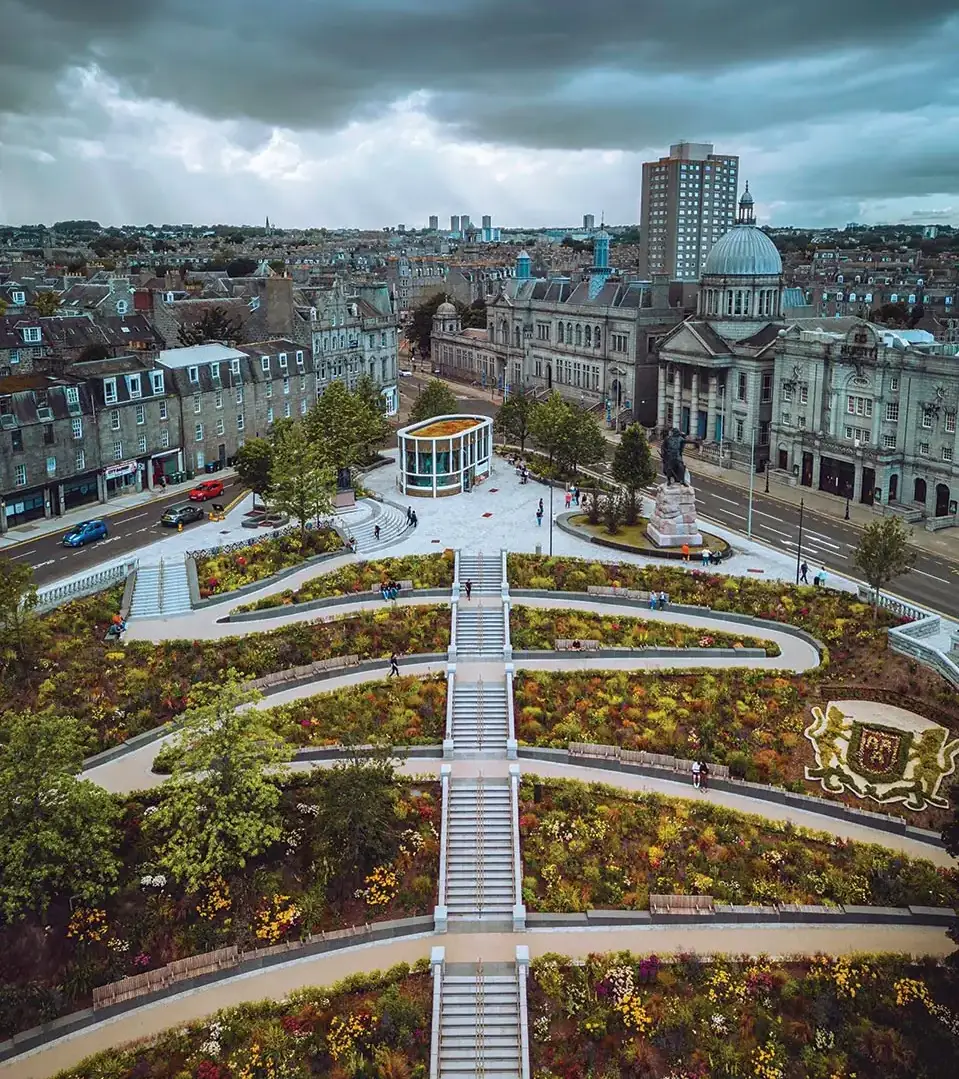
Ramps allow accessibility. Photo © Andrew Lee, click to enlarge.
Two of the primary issues addressed were the poor access and circulation throughout the garden. Those monumental stairways (though eye-catching) were not friendly to strollers or wheelchairs or, located at just three points, not to casual passersby either. Additionally, a railway and highway to the south cut off the park from the rest of the city. The design team tackled those issues from several angles. The most conspicuous are the expansion of the park into the city with newly built public plazas, the introduction of sweeping ramped terraces, and the construction of a pedestrian bridge over that knot of infrastructure. A slide also serves as a playful means to deliver parkgoers to the lower levels of the garden.
The design team introduced three pavilions to anchor those expanded public spaces and to further activate the park during the day. They serve several functions, with a shop, gallery, and café generating revenue used to supplement the park’s maintenance budget. For Stallan-Brand, it was imperative that the design of the pavilions reflect both the history of Aberdeen and the largely classical context. The pavilions’ oblong form is a riff on the city’s historic tram car system (the last ran in 1958); their proportions and materiality—precast concrete that includes a marble aggregate, coupled with bronze-colored aluminum detailing and perforated steel panels—fit neatly into the historic setting.
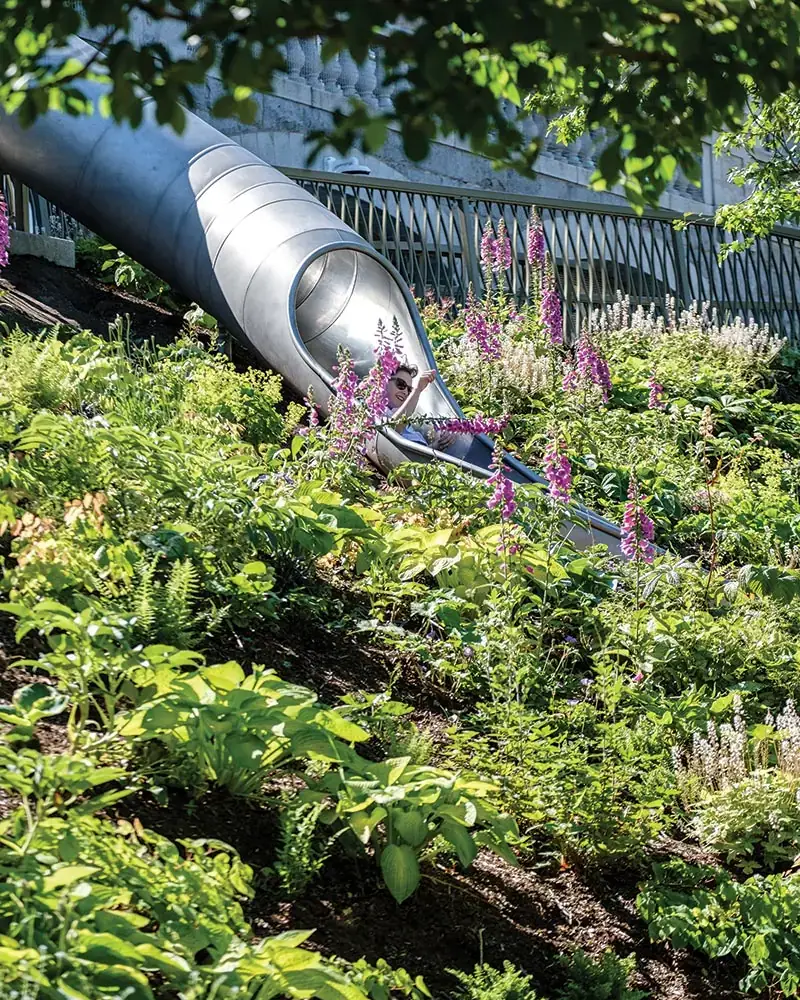
1
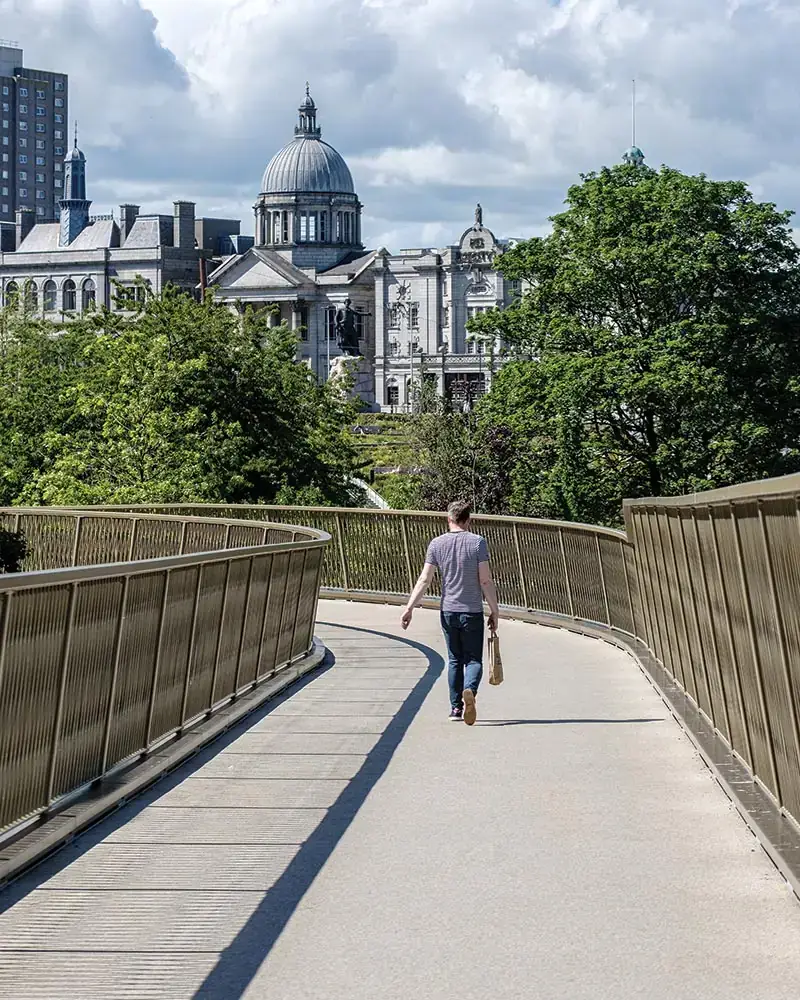
2
A slide (1) and raised walkway (2) improve circulation. Photos © Christopher Swan
The park’s obscured sight lines and dimly lit paths were a point of concern also shared by the public. To the end of fixing that, the design called for the removal of nearly 60 trees across the park, a move balanced by the enhancement of biodiversity through the planting of new native-wildflower areas. Within the garden, paths were added leading to a central green and also rerouted to improve circulation. At the top of the park, walkways cantilever off the balustrade with the help of V-shaped trusses and concrete piles, providing new vantage points for people-watching. Throughout, LED lighting supports navigation and fosters safety, both fact and perception.
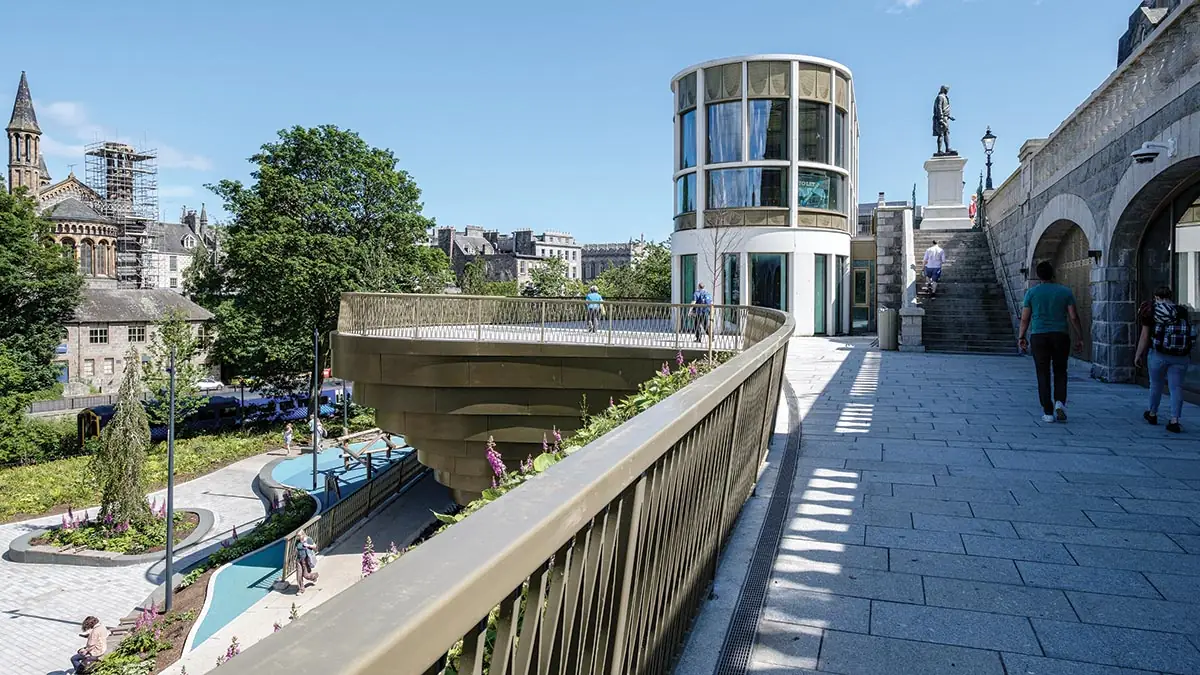
New walkways lie below the original balustrade. Photo © Christopher Swan
The project also entailed a substantial degree of preservation work, and the design team worked closely with Historic Environment Scotland, the national conservation authority, in several areas. The 120-year-old balustrade that rings the park was dismantled and carted away for restoration, permitting new stainless-steel dowels to be driven through the retaining wall meanwhile, to bring it up to contemporary standards before the balustrade was reinstalled. The largest of the three pavilions was built above a restroom facility dating from the park’s construction, which had become dilapidated; it has been painstakingly restored to its original condition. Gallery arches located beneath the balustrade, too, were restored and now house enclosed gallery and gathering spaces.
The result is a welcoming refuge from the blare of city life that, through its thoughtful historical gestures and improvements to accessibility, is fully integrated into the milieu of Scotland’s Granite City.
Click plan to enlarge
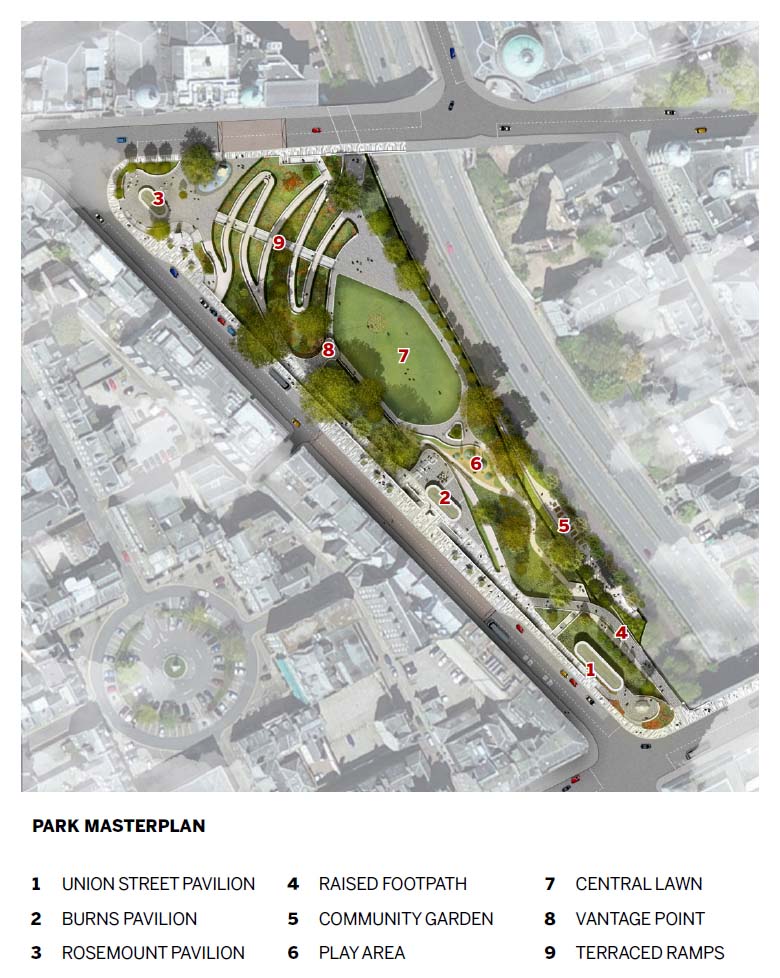



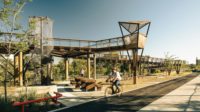

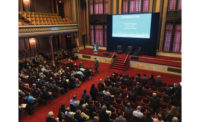
Post a comment to this article
Report Abusive Comment